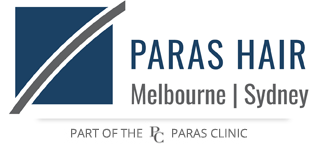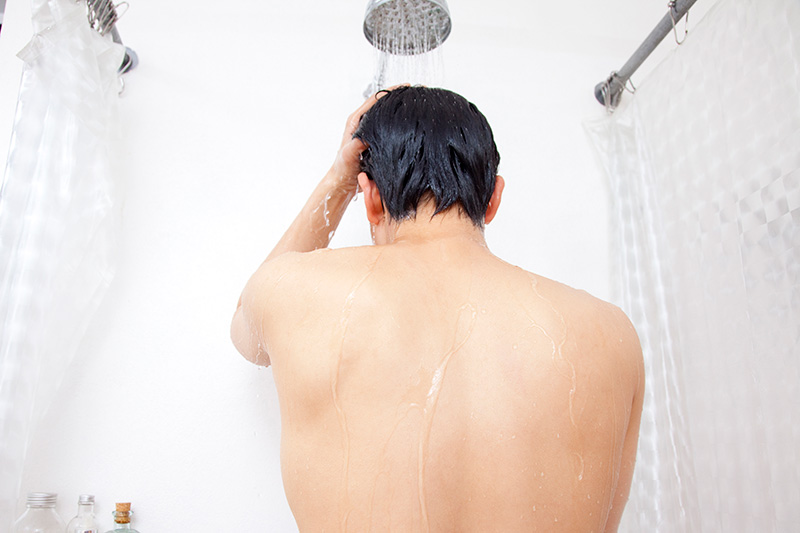Male pattern baldness is extremely common.
It’s in my family - it’s probably in yours…
The treatments available are not limited to solely surgical. Drug and topical treatments for hair loss can be useful when used alone or in tandem with surgical hair transplants.
What causes hair loss?
For the vast majority (over 95%) of men who experience hair loss, the cause is a hereditary sensitivity to dihydrotestosterone (or DHT). DHT is a hormone in the blood that sticks to hair follicles and slowly destroys them. This may start out as miniaturisation (thinner, shorter, or weaker hair), but eventually, that hair will fall out. This commonly occurs first as a receding hairline at the forehead and will graduate to thinning and hair loss at the vertex (or crown) of the head. The hair that grows behind the ears and around the back of the scalp is usually resistant to DHT. That’s why you often see thick healthy hair continuing to grow here in men who have significant hair loss on top of the scalp.
It can appear that the only option for someone with male pattern hair loss is to go the surgical route, and it is a great option. At Paras Hair Transplant Clinic, we use the follicular unit extraction (FUE) method. The Powered Cole Isolation Device (PCID) is an extremely precise instrument for extracting healthy follicles from the back of the scalp. They can then be dissected into sections of 1-4 hairs and implanted into the scalp in the desired area.
Whether hair transplant surgery is necessary depends on the stage of hair loss. The Norwood Classification System is commonly used to identify the stage of hair loss. In stages 2 - receding frontal hairline with no vertex involvement, 3 - the further recession of the frontal hairline with no vertex (crown of the head) involvement, and 3 vertex - same as stage 3 but with vertex involvement; medical and topical treatments may be recommended as the best treatment. In later stages of hair loss, medical and topical treatments may be recommended to be used alongside FUE hair transplant to stimulate hair growth.
What medical and topical treatments are available?
Finasteride
Finasteride has been available in Australia since the late 1990s. It blocks the enzyme which converts testosterone to DHT, the hormone that attacks the hair follicles. Finasteride stabilises hair loss in about 80% of cases. A further 10% also experience some hair regrowth. 10% see no results. Side effects are not common, but those affected may experience reduced libido and sexual dysfunction. Finasteride requires a prescription.
Minoxidil (available as Regaine or Rogaine)
The positive hair growth effects of Minoxidil were discovered serendipitously. Patients treated for high blood pressure noticed their hair looking thicker and darker. Minoxidil is available over the counter at chemists as 2% or 5% lotion, or 5% foam, and in tablet form. The topical solution is applied to the affected areas of the scalp, once or twice a day, and is effective in both men and women. It may take a few months to get results, and there may be some shedding of hair initially.
2% Ketoconazole Shampoo (aka Nizoral)
2% Ketoconazole shampoo is available as a 1% solution over the counter at chemists and 2% with prescription. It is shown to be as effective as Minoxidil in treating hair loss when used twice a week - worked into the hair and left in for 5-10 minutes before rinsing.
There are many more medical and topical treatments, read more about them here.
What’s the best treatment approach for your hair loss?
To rule out other causes and identify the right way forward in treating your hair loss, book an appointment to see our hair transplant surgeon. He will examine your hair follicles, carry out hair mineral analysis and blood tests to determine the physiological causes of your hair loss and which treatments will best serve you.
Key Takeaways
• Your first step to restoring your hairline may not be hair transplant surgery; topical/oral medication are good options for early to mid-stage hair loss.
• To find out more book an appointment.







